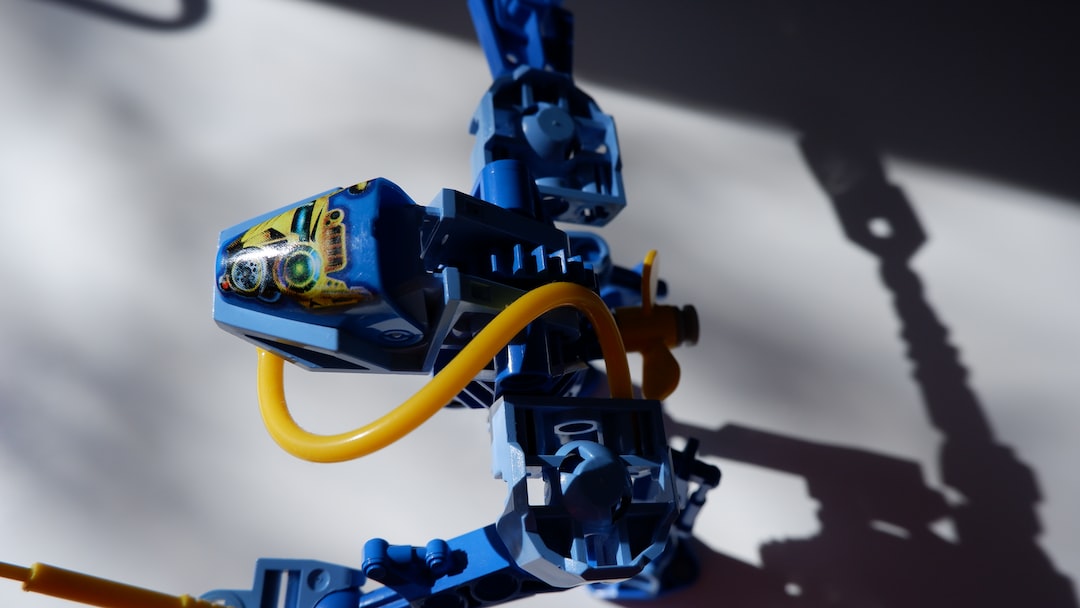Understanding the Internet of Things (IoT) and Its Potential Applications
In today’s fast-paced and interconnected world, the Internet of Things (IoT) is gaining significant attention in both the technological and business realms. What exactly is the Internet of Things, and how does it differ from the traditional internet? In this blog post, we will explore the concept of IoT and delve into its potential applications across various industries.
To put it simply, the Internet of Things refers to the network of physical objects embedded with sensors, software, and connectivity capabilities that enable them to collect and exchange data over the internet. These objects, also known as “smart” devices or “connected” devices, can range from appliances and wearables to vehicles and industrial equipment. The IoT is essentially an extension of the traditional internet that allows for seamless communication between humans and objects, as well as between objects themselves.
One of the most significant advantages of IoT is the vast amount of data it can generate. This data can be leveraged by businesses and organizations to gain valuable insights, make informed decisions, and drive innovation. For example, in the healthcare industry, IoT devices such as wearable fitness trackers and remote patient monitoring systems can continuously collect and transmit data about an individual’s health status. This data can be used by healthcare providers to personalize treatment plans, detect any potential issues, and improve overall patient care.
Another potential application of IoT is in the realm of smart cities. By integrating IoT devices into urban infrastructure, cities can gather data on various aspects such as traffic patterns, energy consumption, and waste management. This data can then be analyzed to optimize resource allocation, improve public safety, and enhance overall sustainability. For instance, streetlights equipped with IoT sensors can automatically adjust their brightness based on real-time data, conserving energy and reducing light pollution.
The manufacturing industry can also greatly benefit from IoT implementation. IoT-enabled sensors and devices can provide real-time monitoring of machinery performance, detect potential failures, and optimize production processes. This can lead to reduced downtime, improved operational efficiency, and cost savings. Furthermore, IoT can enable the concept of predictive maintenance, where machines can autonomously schedule repairs or replacements before a breakdown occurs, minimizing disruptions to production.
In the field of agriculture, IoT has the potential to revolutionize traditional farming practices. By using connected sensors to monitor soil moisture, temperature, and humidity, farmers can gain insights into crop health and water usage. This data can help optimize irrigation schedules, reduce water waste, and increase crop yields. Moreover, deploying IoT-enabled drones for aerial monitoring can provide a bird’s-eye view of crop fields, allowing farmers to detect pest infestations or areas requiring fertilizer with ease.
The impact of IoT is not limited to businesses and industries alone – it has the potential to transform our day-to-day lives as well. Smart homes equipped with IoT devices can offer convenience, energy efficiency, and enhanced security. From remotely controlling appliances and lighting to monitoring home security cameras, IoT enables homeowners to have greater control and peace of mind. Additionally, IoT-based wearable devices can track personal fitness goals, monitor sleep patterns, and deliver real-time health insights, empowering individuals to take charge of their well-being.
However, while the Internet of Things promises numerous benefits, it also raises concerns regarding data security and privacy. With the interconnectedness of devices and the vast amounts of data being collected, ensuring the protection of sensitive information becomes crucial. Industry standards and robust encryption protocols should be implemented to safeguard against potential security breaches and unauthorized access to data.
In conclusion, the Internet of Things has the potential to reshape industries, cities, and our daily lives. From healthcare and manufacturing to agriculture and smart homes, IoT applications are vast and promising. By effectively harnessing the power of IoT and addressing its associated challenges, businesses and individuals can benefit from increased efficiency, improved decision-making, and a more connected world. As technology continues to evolve, embracing the Internet of Things will undoubtedly be key to unlocking a future of endless possibilities.

